The Nest Thermostat controls both the heat and coolness of it’s surroundings. The core of its working is the temperature sensor. Here we are going to detail how the Nest Temperature sensor works and how you can control it to achieve the optimum temperature in your room.
Nest Temperature Sensor Working Mechanism
Quick Navigation
The Nest temp detector aids the Nest Thermostat in adjusting the house temp. It could be easily mounted on a wall or a desk and would work flawlessly. In case users are not comfortable around the place. The Nest Pro setup provider will take care of everything.
They will help users choose the best location for their house’s Nest Thermostat. They can also educate customers on ways to operate it and link it to their other Nest gadgets. Moreover, it enables users to enjoy it effectively after it is placed.
One could modify the features and preferences of the Nest Thermostat. It could be done from any place as long as it is linked to WiFi.

The Nest Thermostat would have understood sufficient. After numerous weeks of manual usage, begin generating auto adjustments immediately. The Nest Thermostat would automatically switch to Eco Temp to conserve electricity.
Whenever users leave the house to go somewhere. Furthermore, one could use the Nest Thermostat’s House & Away Procedures.
Modify the Nest Thermostat’s parameters to suit requirements. Changing from heat to chilling and altering the temp could be performed physically or via the Nest Thermostat application.
By using the Google Smart application, one may manage the following:
- Gadget options.
- Power usage data.
- Scheduled settings.
One has instant insight into a variety of data regarding the condition of the digital house. The Nest Thermostat additionally features an Early-On mode. That estimates how soon the heat or chilling must be switched on.
To attain the desired temp when users visit. Strategic planning is the way to go when it comes to tasks like chilling a place up before nighttime.
The Nest Thermostat would start changing the temp. That is also within the optimum feasible period. After responding to varied environmental predictions.
The Nest Temperature Monitor utilizes Bluetooth. To maintain control of the temp in multiple locations across the house.
The Nest Thermostat would be able to assess accurately whether the house has to be chilled or warmed. Further, depending on the specific preferences using this data.
How do you control Nest Temperature Sensor?
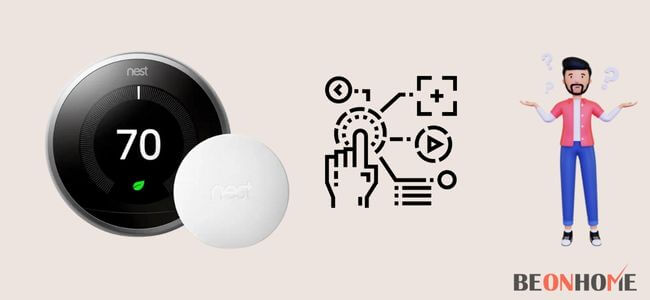
Step 1: See or modify the default options.
- Go to the Nest application and launch it.
- On the main screen, click Options.
- Browse downwards to the detector you want to update and click it.
On the temp detector’s settings page, one could select from these alternatives:
- Examine the thermostats: One may also alter which thermostat the detector transmits in a matter of seconds.
- Verify the connection: Make sure the detector and thermostat are connected. This is important when you’ve relocated the detector and wish to ensure it’s still in reach.
- Location: In the Nest application, select the room title for the detector. Not only that, add a customized tag to assist users to locate it.
- Technological information: Check out certain basic technological details about the detector. Such as its battery state and the previous time it was attached.
- Disable the Nest Temperature Detector from the profile: Select this option to delete the detector from the profile. Users won’t be able to utilize it anymore till they restore it.
Step 2: Connect and disconnect sensors
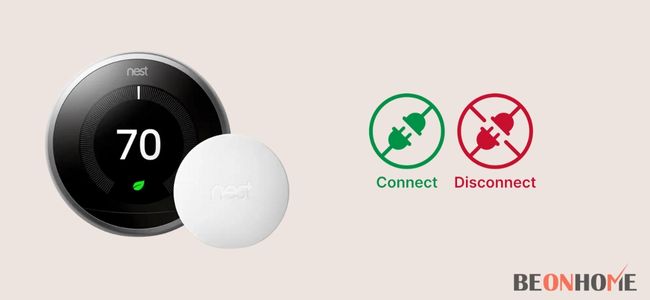
Many thermostats could be linked to a single detector. This is only a good idea if users have 2 thermostats.
One is just concerned with the heat, while the other is only concerned with the chill. One thermostat could potentially be used to manage up to 6 temp detectors.
This allows the thermostat to keep track of temp in various rooms using separate sensors. But the thermostat could only operate the device with one temp detector at the moment.
To attach a detector to a different thermostat in the house or to unplug a detector from the thermostat.
Then take the following steps:
- Go to the Nest application and start it.
- On the main screen, click Settings.
- Decide on a thermostat.
- Select Manage detectors from the menu.
- Hit Temperature detectors to receive a table of all of the home’s temp detectors. Detectors that are previously linked to the thermostat would have a blue checkbox. They are located just beside them.
- Click the blank box beside any accessible detectors. To connect them to the thermostat.
Step 3: The scheduling of a detector can be created or modified
Then, you’ll have to plan the detector so that the thermostat understands when to utilize it.
- Go to the Nest application and start it.
- On the main screen, click Settings.
- Make a touch on the thermostat.
- Go to Detectors and click Manage.
- Select a detector schedule. Turn on the option to create a timetable for the detectors by clicking the icon.
- For every period, one could select a temp detector. Or the thermostat’s designed detectors.
Remember that users could plan a similar detector to be functional. At various times throughout the day. But one cannot have more than 1 detector operational. At the current moment, for each thermostat.
Step 4: Sensors can be used to monitor the temp in spaces
Take the following steps to measure the temp in all areas containing temp detectors.
- Go to the Nest application and activate it.
- On the main screen, select the thermostat.
- Several detectors attached to the thermostat would display below the page. Together with the presently estimated temp. Whenever that detector is functional, a dot would appear beside the temp.
Remember: When users compare their room temp to the temp of the space where the thermostat. Then, one may obtain additional detector data.
Step 5: Modify the current temp detector yourself
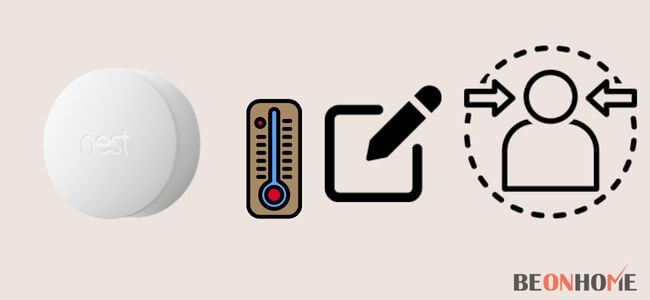
When you’re in an area that is not suitable yet has a temp detector that is not even turned on, it could assist.
- Go to the Nest application and launch it.
- On the main screen, click the thermostat.
- At the below of the page, whichever temp monitors you’ve attached to the thermostat would show. Besides the present functioning detector, a dot would show.
- To have the thermostat utilize some other detector to manage the device, click it.
Remember: The thermostat and sensors would immediately change out of customized settings. Also, it will return to its predefined plan. When the following detector is set to be operational.
What Number of detectors Do Users Require?
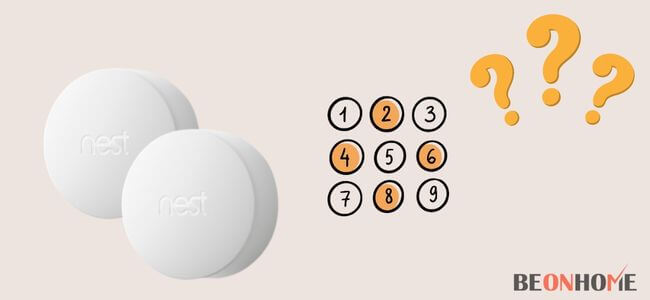
The number of Nest Temp Devices you’ll need is determined by how many places you believe will profit. By changing the temperature. For example, one might prefer the living space to somewhat cool from 4 to 9 p.m. Further, the room is cool from 9 p.m. to 6 a.m.
You will need 2 detectors in this situation. All you have to do is click on a thermostat in the Nest application. Select which detector is highlighted at any particular time.
One can use the Nest Temperature Detector at 4 different moments:
- Morning: 7:00 a.m. to 11:00 a.m.
- Mid-afternoon hours: 11 a.m. to 4 p.m.
- Evening hours: 4 p.m. to 9 p.m.
- At night: 9 p.m. to 7 a.m.
You’ll be allowed to select which detectors the Nest Thermostat should prefer. At different moments of the day. For example, one may prioritize their bedroom detector from nighttime to morning. Moreover, the main room detector is from lunchtime to evening. Such time areas give users significant control. Over how their thermostat regulates the temp.
Another point to note, if you want to buy Google Nest Temp Monitors. While one can connect up to Six detectors to each thermostat. But they won’t be capable of setting 2 or more areas to various temps at a similar moment. Except if the home is equipped with a zoned network or dedicated vents.
The Detector allows users to select whatever area in the house would be the primary area. Thus, for how long, as well as inform the thermostat of which detector to use at which moment. One could utilize up to 6 Nest Temperature Monitors. For each thermostat to manage the temps at a similar moment. When users have a zonal network with several thermostats.
FAQ
Can I use a Nest temperature sensor without a Nest Thermostat?
No. A Nest Temp Detector cannot be used along with a Nest thermostat. Temp data from the temp detector is sent straight to a Nest thermostat in the identical house.
Do I need a Nest Temperature Sensor to use my Nest Thermostat?
To utilize the thermostat, one doesn’t require a temp detector. A temperature detector may be useful when the thermostat is in an inconvenient place. Or when you pass a lot of hours in an area beside the one where the thermostat.
Which Nest Thermostats are compatible with the Nest Temperature Sensor?
The Nest Learning Thermostat in its third version. Nest Thermostat E.
Final Talk
The Nest Temperature Detector adds to the Google Nest Thermostat environment. By providing more often than simply a digital thermostat. One may be likely to preserve money. This is done by permitting users to regulate the temp in various areas at various moments. When encouraged by the Nest Thermostat and Nest Temp Detector pair. Then, a tiny area could reach the target temp quicker than a larger one. Thus, it easily detects the humidity and the main AC unit won’t have to operate as much.

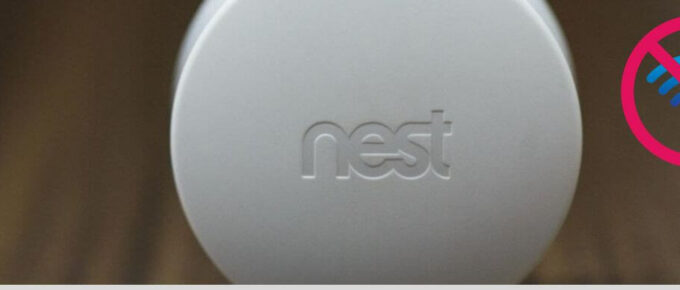
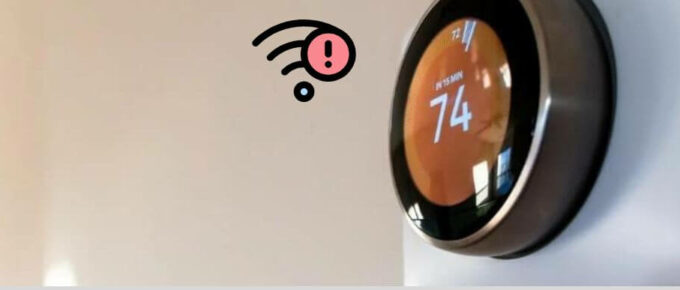
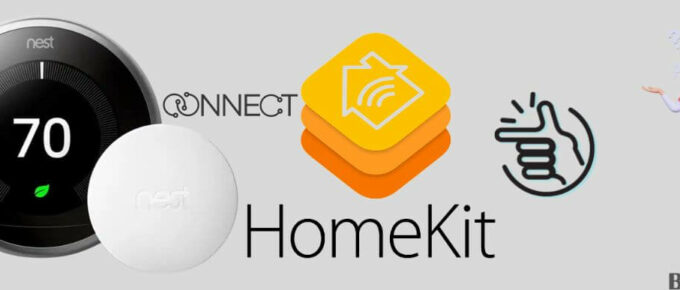

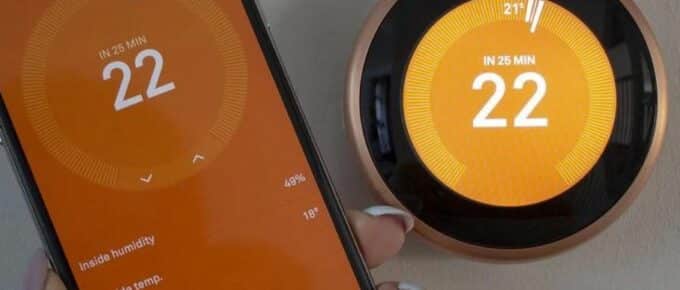

Leave a Reply